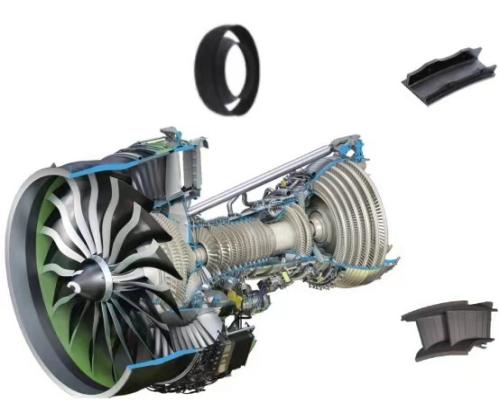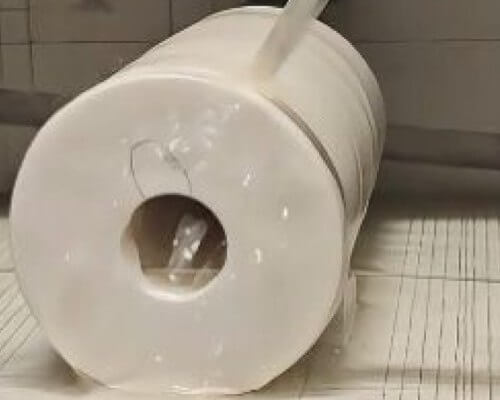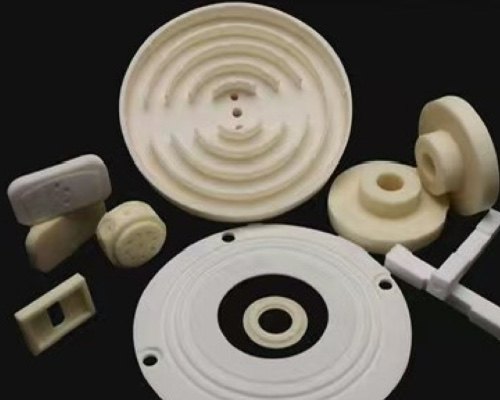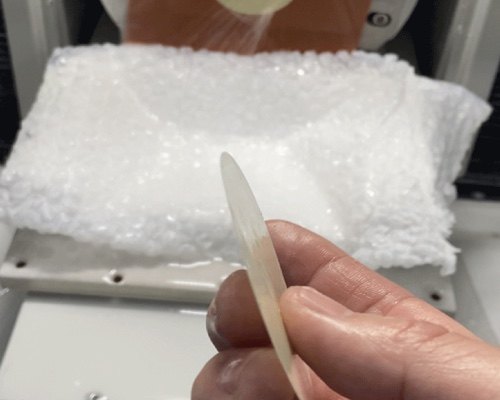Market prospects of ceramic matrix composite materials
According to a report by Research And Markets, an international market research organization, the global ceramic matrix composites market is expected to grow from USD 1.135 billion in 2021 to USD 1.226 billion in 2022, at a CAGR of 8.05%. The market is expected to grow to USD 1.715 billion The compound annual growth rate in 2026 is 8.75%.
Ceramic materials have excellent properties such as high melting point, high hardness, corrosion resistance, and oxidation resistance, and can be used in extreme environmental conditions, so they have been rapidly developed in the field of engineering, especially in the field of aviation, aerospace, automotive, military and other fields. However, the brittleness, mechanical unreliability and low electrical conductivity of ceramics limit their wide application. Introducing second phase materials into ceramic matrix is an effective way to improve the structure and performance of ceramic materials.
As a result, ceramic matrix composites emerged.
Ceramic matrix composites (CMC Company) are composed of ceramic matrix, reinforcing fibers and interface layers. Fibers are introduced into the ceramic matrix as reinforcing materials to form composite materials with fibers as the reinforcing phase and the ceramic matrix as the continuous phase.
Features high temperature resistance, wear resistance, high temperature creep resistance, low thermal conductivity, low thermal expansion coefficient, chemical corrosion resistance, high strength, high hardness, dielectric and wave transmission.
Because it can be widely used in working conditions where organic material-based and metal-based materials cannot meet performance requirements, it has become an ideal high-temperature structural material and is receiving more and more attention.
In particular, as lightweight, high-performance structural composite materials, they are widely used in high-temperature fields and have become the material of choice for aero-engines, especially the core components of aero-engines. In view of this, many countries are actively developing ceramic matrix composite materials. Research.
C/SiC ceramic matrix composites
Carbon fiber not only has the characteristics of low density, high specific strength, wear resistance, corrosion resistance, electrical conductivity, thermal conductivity, and low friction coefficient, but also has excellent high-temperature mechanical properties.
In an inert atmosphere and an environment above 2000 °C, the mechanical properties are still not reduced. However, its high temperature resistance and oxidation resistance are poor, so it is usually composited with metals, ceramics, resins, etc. It is prepared for use in cutting-edge technology fields such as aerospace and military of advanced composite materials.
In the field of thermal structural ceramic matrix composites, silicon carbide is one of the main candidates for matrix materials due to its excellent high-temperature mechanical properties (strength, oxidation resistance, creep resistance, etc.), low thermal expansion coefficient and friction coefficient , excellent thermal and electrical conductivity.
However, the disadvantage of silicon carbide ceramics is that they are brittle.
C/SiC ceramic matrix composite materials strengthen SiC ceramics by adding carbon fibers, which can allow the material to absorb fracture energy through crack deflection, carbon fiber pull-out and fracture during the fracture process and other mechanisms.
It not only enhances the strength and toughness of the material, but also retains the excellent high-temperature properties of the SiC matrix. This is an excellent method for preparing high-performance advanced structural materials.
It has become a major candidate material for high-performance aerospace engines and will be gradually used in equipment such as gas turbine hot-end components, high-speed brakes, nuclear power, and heat exchangers.
SiCf/SiC composite materials
SiCf/SiC ceramic matrix composite material refers to introducing SiC fiber as a reinforcing material into a SiC ceramic matrix to form a composite material with the introduced SiC reinforcing fiber as the dispersed phase and the SiC ceramic matrix as the continuous phase.
SiCf/SiC ceramic matrix composite retains the advantages of high temperature resistance, high strength, oxidation resistance, corrosion resistance and impact resistance of SiC ceramics. At the same time, it has the function of SiC fiber reinforcement and toughening, overcoming the fracture toughness of SiC ceramics The inherent shortcomings of low resistance to external impact loads.
As a high-temperature thermal structural material with excellent comprehensive properties, SiCf/SiC composite materials have broad application prospects in the field of aviation, aerospace, nuclear energy, automobiles and other fields, and have become a research hotspot in Western countries.
Oxide/Oxide Ceramic Matrix Composites
Ox/Ox composite materials refer to a type of material composed of oxide ceramics as a matrix and oxide fibers (generally 10-12 μm in diameter). The temperature resistance of this material is slightly lower than SiCf/SiC (about 1150°C). But because there is no oxidation problem,
Its service life can reach tens of thousands of hours, combined with low density (about 2.5g/cm3) and reasonable price, it is the preferred material for turbine shafts, high-temperature structures of gas turbine core engines and tail nozzle structures of turbojet and turbofan engines.
In terms of matrices, the current research focus at home and abroad is still quartz matrix, mullite matrix and alumina matrix. In terms of fibers, they are mainly divided into three categories: quartz fibers, aluminosilicate fibers and alumina fibers.
Graphene/ceramic matrix composites
Graphene has excellent mechanical, electrical and thermal properties, making it one of the most attractive materials. At the same time, graphene has a larger specific surface area and is easier to disperse in ceramic matrix, which can improve ceramic matrix composites. The interface properties enhance the bonding with the ceramic matrix.
It is beneficial to the transfer of electrons, phonons and mechanical stress, and is an ideal filler for the preparation of ceramic composites with excellent properties. A large number of studies have shown that graphene/ceramic composites have excellent mechanical properties, electrical conductivity, thermal conductivity, friction resistance and resistance to Abrasiveness, etc.
Summarize
In addition to the application of a large number of ceramic matrix composite materials in the aerospace and defense fields, the high global demand for lightweight vehicles in the future will also drive the rapid growth of the ceramic matrix composite materials market.
To increase the range of electric vehicles, in addition to improving battery performance, another approach is to reduce the weight of the vehicle. This will prompt automakers to turn their attention to lightweight composite materials to replace heavier steel and iron in vehicles, Ceramic matrix composites are undoubtedly one of the most important candidates.
According to McKinsey, the use of lightweight materials in the automotive industry is expected to increase from 30% to 70% by 2030, which will greatly promote the development of the ceramic matrix composites market.



